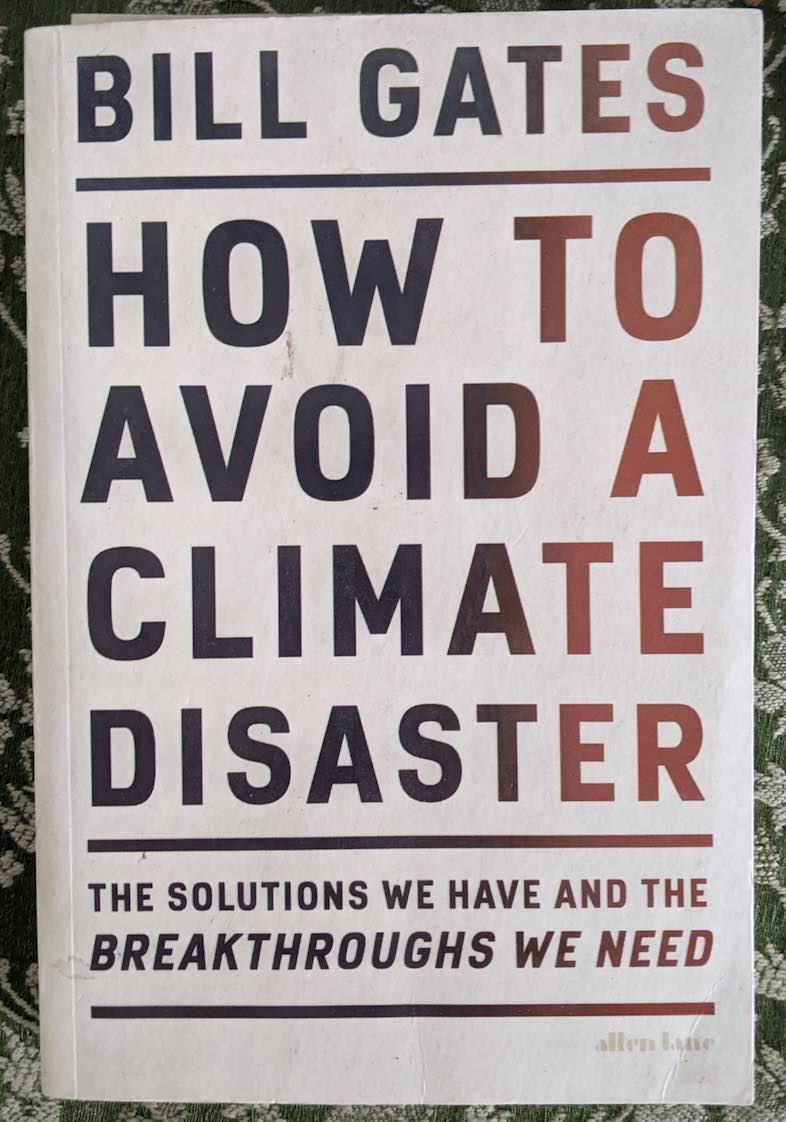Greenhouse gases can be categorized into Scope 1, 2, and 3 emissions. This classification of greenhouse gases (GHG) helps in calculating the carbon footprint of a company.
According to the Paris Agreement, dividing greenhouse emissions is intended to limit global temperature. Businesses and organizations are encouraged to explain their company’s carbon footprint and the measures they are taking to cut these different categories of greenhouse emissions.
Let us look at the different types of emissions and the measures that companies can to combat the toughest of the lot.
What are Scope 1 and Scope 2 emissions?


Scope 1 emissions are referred to as direct emissions caused by the operations directly controlled by the company. This emission is caused by burning fossil fuel that is used for activities like driving vehicles for transportation and running machinery.
On the other hand, Scope 2 emissions are the indirect emissions caused by the energy consumed by the company. Therefore these emissions are caused due to the electricity that is generated outside but used for operating lights, air conditioners, heating systems, computers, etc within the company.
What are Scope 3 emissions?
Now coming to Scope 3 emissions, these are indirect emissions as well but cover the emissions caused by the vendors, customers, and other stakeholders involved with the company. Thus these emissions are not caused by operations that are not directly controlled by the company.
The Scope 3 emissions include activities like business travel, acquisition of capital goods, employee commute, mining, investment, purchasing services, using external raw materials, and waste generation, among others.
Scope 3 emissions are the most difficult to tackle and currently comprise 70 percent of any company’s carbon footprint.
How to measure Scope 3 emissions?
While measuring Scope 1 and Scope 2 emissions is simple, quantifying scope 3 emissions is often difficult. However, certain measures can help in measuring scope three emissions for a company
- Emissions caused by capital goods or from purchased services and goods can be obtained through commodity type and purchase data. Vendors can be engaged to obtain information about emission data from suppliers. It will not improve data accuracy but will also help in instilling a belief that the company believes in combating scope 3 emissions
- Emissions caused due to waste generation can be quantified from the waste tonnage
- Employee commute data can be obtained from annual transportation surveys
- Fuel and energy-related emissions can be obtained from scope 1 and scope 2 data records
How to reduce Scope 3 emissions?
- Change to purchasing products with low CO2 content. You can also reduce the input of products that result in high greenhouse emissions and instead opt for products that include recycled materials.
- Ensure customers and suppliers take their emission responsibility. Engaging with suppliers that are committed to reducing their carbon footprint will help in ensuring accelerated sustainability.
- Take effective measures to reduce waste production and the use of secondary materials.
- You can reduce scope 3 emissions caused by transportation by taking measures to decrease the distance in transportation. You can also reduce the weight of transported goods and increase the loading rate of the vehicles instead. In addition, changes in the mode of transportation like electric vehicles will help to decrease the emissions caused.
- Greenhouse emissions can also be reduced through efficient product use. The consumption of raw materials can be reduced by increasing the shelf-life of the manufactured products. Reducing the energy intensity of engines or household appliances can help in reducing emissions as well.
- Buying from companies that source their power from renewable sources.
Wrapping up
Scope 3 emissions are difficult to quantify because of the nuances that are involved in producing goods and services. Whereas, if we successfully incorporate some of the measures discussed above can help in decreasing these emissions drastically. The difference lies in taking small incremental steps and making significant changes accordingly.







Add comment